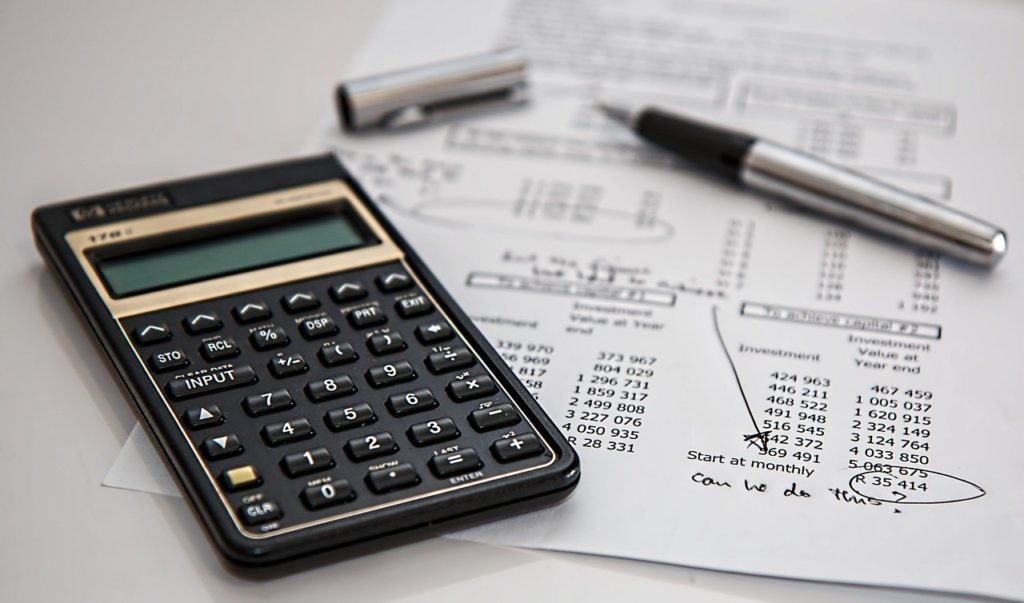
When a real estate investor or business wants to sell some of its assets, they’ll need to calculate the loss or gain to determine how the sale will be taxed. It’s not as easy as subtracting the original purchase price from the sales price because of factors like depreciation and selling expenses.
When you sell a piece of real estate from your investment portfolio, you could trigger depreciation recapture. Depreciation recapture is a type of tax provision that requires you to calculate the amount of depreciation you claimed over the years so that it can be taxed.
Before you sell an asset, you should understand how depreciation recapture works and the impact it could have on your next tax return. Assets typically drop in value over time, which is why the IRS allows investors to depreciate real estate and deduct it on their annual tax returns.
Residential real estate depreciation occurs over 27.5 years, while commercial real estate is based on a 39-year schedule. This guide explores the depreciation recapture tax rate and how it can be applied to the next property you sell.

What Is Depreciation Recapture?
Depreciation recapture refers to the gain that’s realized when you sell depreciable property that you report as ordinary income. If the sale price of your investment property or business asset is higher than the adjusted cost basis, depreciation recapture will be applied to it. This tax provision makes it possible for the IRS to obtain taxes on the profitable sale of a property or asset that a taxpayer has previously used to reduce their taxable income.
You can use the depreciation of your assets to deduct taxes on your standard income, which means that any gains from selling these assets need to be taxed as ordinary income. Otherwise, the capital gains tax rate would apply, which is more favorable to investors. You can report depreciation capture on IRS Form 4797.
Depreciation Recapture Tax Rate
The depreciation recapture tax rate is 25% for real property. If you own a piece of real estate for less than a year, the tax rate could climb as high as 37%. The amount that you’re taxed depends on what you sell the property for. If you gain more than the original cost basis, the extra amount will be taxed as a capital gain. However, the part of your gain that’s related to depreciation will be taxed at 25%.
How to Calculate Depreciation Recapture Tax Owed
To properly calculate the depreciation recapture tax, determine the total amount of depreciation that you claimed on your tax returns over the years. Let’s say that you bought a rental property for $275,000. The annual depreciation would be $10,000 per year. If you sell the property after 11 years for $430,000, you’ll need to multiply $10,000 by 11.
You would then subtract $110,000 from $275,000, which leaves you with an adjusted cost basis of $165,000. The next step involves subtracting $165,000 from $430,000, which results in a realized gain of $265,000. If you subtract the depreciation amount of $110,000 from the realized gain of $265,000, you’ll be left with a capital gain of $155,000.
For tax purposes, the total depreciation is $110,000, which is what you apply the tax rate to. The calculation is as follows:
0.25 x $110,000 = $27,500
Reporting Depreciation Recapture Tax
Once you identify the depreciation recapture amount for a property or asset you’ve recently sold, you must report it on your tax return. Follow the steps below to complete this process.

Step 1: Calculate the Tax Owed
If you have yet to do so, calculate the amount of depreciation recapture tax that you owe. The total depreciation that you’ve claimed over the years is the amount that will be taxed by the IRS. Use the 25% tax rate when performing your calculations.
Step 2: Complete Form 4797
You must now fill out and submit Form 4797, which allows you to report the sale of your property and the amount of tax you owe. You’ll need to provide a considerable amount of information about the property, which includes everything from the sale price and date to the amount of depreciation you claimed. Make sure you fill out every applicable field before you submit this document.
Step 3: Transfer Information to Your Tax Return
After you identify the amount of recapture tax you owe, transfer the information to your annual tax return. You’ll need to place this amount on Schedule D. This document will also require you to calculate the difference between the sale price minus the adjusted basis of the property and your closing costs.
Keep in mind that the rules associated with reporting the depreciation recapture tax can vary based on the type of transaction that occurred. Consider speaking with a tax professional to ensure you don’t make a mistake when filling out your tax documents.
Types of Assets Subject to Depreciation Recapture Tax
The depreciation recapture tax can be applied to real estate and other types of depreciable assets. For example, commercial and residential real estate can be taxed when you sell the properties. Land improvements and buildings that you’ve used for business or investment reasons can be subject to this tax.
Commercial vehicles like buses and trucks can also be subject to the depreciation recapture tax. The same applies to tools and machinery that you’ve used for business-related reasons. Various types of intangible assets depreciate over time as well. Trademarks, patents, and copyrights will be taxed.
If you have deducted the annual depreciation amount from a rental property, you’ll need to pay taxes when you eventually sell it. These taxes can also be applied to partnership interests. If the partnership consists of depreciated assets, the recapture tax will be put in place after the assets are sold.
Special Considerations for Real Estate
When you buy a piece of real estate, the depreciation schedule depends on the type of property you buy. If you purchase residential real estate that you rent out to one or more tenants, the depreciation schedule is 27.5 years. Commercial properties have lengthier depreciation timelines of 39 years.
If you buy property and hold it for at least one year, it will be categorized as a section 1231 property. There are two property types that are part of this category, which include Section 1245 and Section 1250. These classifications treat gains on sales as ordinary income.
Assets in section 1245 are depreciable personal property. In comparison, section 1250 assets involve depreciable real property. For example, a single-family rental home is a 1250 asset. The tax rate that’s applied to the asset depends on the section it falls under.
When you sell a section 1250 property, the gain up to the total amount of depreciation that you claimed will be taxed at the 25% rate. This is referred to as unrecaptured section 1250 gain.
If you sell a section 1245 property, your depreciation recapture will be taxed at standard rates. For example, let’s say that your depreciation recapture from an asset sale is $60,000. Taxable income between $44,726 and $95,375 has a tax rate of 22%, which is the rate that applies in this situation. If you obtain a cost segregation study, you may be able to reclassify a percentage of your real estate investments as section 1245 property.

Deferring Depreciation Recapture Tax with a 1031 Exchange
The Internal Revenue Code allows property owners to take advantage of the 1031 Exchange provision. This tax break gives you the opportunity to defer your depreciation recapture and capital gain tax when you sell an investment property and use the funds to purchase a “like-kind” property. If you sell a single-family investment home, you can use it to buy a similar property.
Keep in mind that you’ll eventually need to pay taxes. However, you can defer the tax that’s produced from depreciation recapture and capital gains to take advantage of the proceeds now. You’ll be able to invest in new properties at a faster rate, which should help you bolster your investment portfolio. If you were tasked with paying these taxes after every sale, you wouldn’t be able to make investments as quickly.
Before you invest in a 1031 exchange, make sure you identify the required timelines. Otherwise, you won’t be able to benefit from this tax break. There are two timelines that you must follow. You’ll need to inform the IRS of the property you’d like to acquire within 45 days after the sale of your old one. You must close on the property within 180 days.
Conclusion
If you sell an investment or business-related property that has depreciated over the years, you may need to pay depreciation recapture taxes. The 25% tax rate applies if you previously claimed the depreciation deduction on your tax returns. Before you sell any assets, you should understand the tax implications of doing so. Consult with a tax professional for accurate planning and filing.